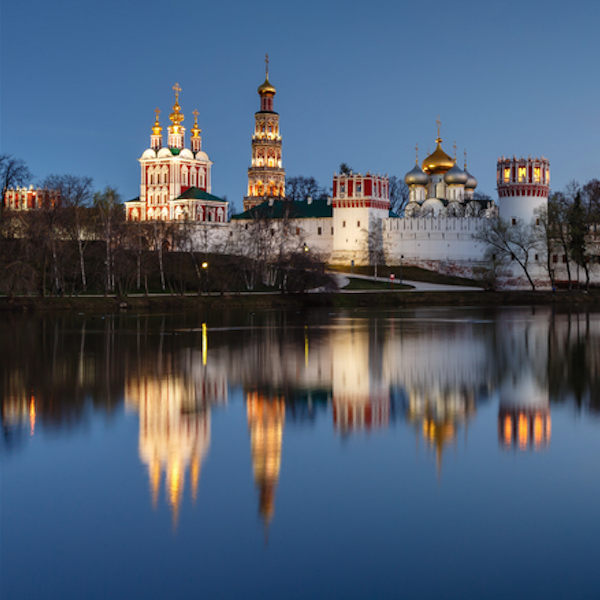Russia steps up fight against designer drugs
Russia has taken a number of bold steps in its fight against the growing problem of designer drugs. This week, RIA Novosti reported that the country’s authorities have banned the ingredients used to make many designer drugs. This new strategy has coincided with the closing down of online drug shops.
On 29th October, the Russian government announced that it had expanded the list of banned psychoactive drugs to include the raw ingredients of many of these products. In recent years drug manufacturers have been constantly modifying and renaming their designer drugs to avoid breaking the law.
This new move from the Russian government will make it much more difficult for people to produce designer drugs; it will also allow authorities to make arrests even if no actual drug is found.
The Russian government issued a press release that talked of the increasing problem the country is facing due to the growing use of drugs such as methoxetamine, NM-018, and methylphenidate.
Russian senators have also recently proposed that all newly discovered designer drugs should be automatically banned upon discovery. Due to the bureaucracy of the current system it can take months before a new substance is banned by the Federal Drug Control Service. The proposed changes will criminalise the new drug immediately and this will give the police powers to arrest and prosecute those who are dealing in designer drugs.
Spice problems
Russia is facing a huge problem with ‘spice’ at the moment and many users have become dependent. In the last year spice has caused 30 deaths in the country and over 700 people have become seriously ill after taking it.
Spice is a synthetic form of cannabis, which some say is more potent than the real thing. Spice’s main active ingredient is MDMB, which has not been banned in Russia.
Individuals who take spice often suffer severe disorientation and disembodiment and lose control of their senses. The product has also been associated with mental health problems such as paranoia, severe hallucinations and anxiety. The drug is incredibly addictive and those who experiment with it, thinking that because it is legal it must be safe, soon find themselves dependent on the drug. Because it is made in a laboratory there is greater risk of contamination and bad batches being produced. This is partly the reason for so many deaths and hospitalisations.
For authorities, the greatest problem with designer drugs is that most cannot be detected by standard drug testing kits. As soon as a specific chemical is banned manufacturers modify the ingredients so that a new, legal drug is created.
Russian authorities are also investigating online drug stores and are closing down any that are found to be selling unregistered substances. A new bill has been proposed to allow authorities to shut online drugstores that do not have a licence. This is not only an effective way to cut off the supply of designer drugs, but it will also help boost business for registered online pharmacies.
Russia appears to be leading the way on this issue. The new rules it is bringing in would be considered draconian in the UK, where the problem is only getting worse. Perhaps we should follow Russia’s initiative as a means of taking designer drugs off the streets.

